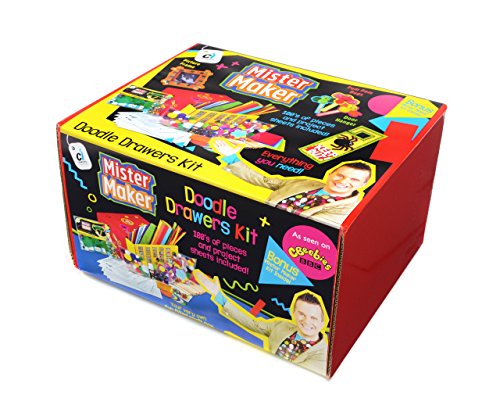The toys your children actually need.
Toys, love or hate them they’re part of the landscape of parenting.
What we seek are toys to engage our children, awaken their natural creativity and provide a jumpstart to imagination and learning.
What we often get is overpriced, well-marketed tat associated with TV shows and films. Remember this when you buy your toys. The marketers are not your friends.
They know how dearly children become attached to screen characters and how easy it is for parents to remember this character as ‘their favourite’.
Add in a dose of pester power and before you know it you are the proud owner of a frozen snow globe and eighteen paw patrol figurines. Great.
These toys are often one trick ponies, clever marketing disguises their rampant boringness and after three minutes of sincere affection from your child, it’s discarded on the stuff scrapheap that lives in the corner of their room.
First things first. You need fewer toys. Probably half as many, maybe more.
It all depends on your starting point. Have a generous family who love to give presents?
It might be time for an epic toy audit.
Children struggle to focus their attention when there are too many options. This generally leads to the classic flit play - two minutes on each toy and a sitting room that looks like a raid on toys-r-us.
For children to really become absorbed in play we need to clear a space, physically and emotionally.
The best toys are ones that have a degree of flexibility and are open-ended. They can be played in a variety of different ways depending on your child’s mood and current interests.
You can have too many toys!
*This post contains affiliates links to an amazon products. Should you decide to purchase the product we'll recieve a small amount of comission. Thank you!
We only link to products that we really think are worth your time and money.
Not an exhaustive list but a great toy starter kit would include;
Dressing up materials.
Avoid the ready-made variety and instead provide a mix of items that require imagination. Hats, lengths of material and a few random clothing items can become superhero’s, princesses or farmers as the game requires.
Modelling materials
Clay or playdough create brilliant opportunities for squishing, building, cutting and creating. The beauty of these materials is that you don’t have to get it right, mistakes can be fixed or redesigned in an instant.
Clay is probably the more grown-up version for older children but I’ve often used playdough and been surprised at how happy older children are to play.
Building materials
This can mean anything from traditional blocks, to lego or duplo. Bigger scale building like dens is fantastic creative play (this is where the material from the dressing up box and a few pegs comes in handy).
Children have a natural affinity for making an environment that suits their play when encouraged to be creative. Pillows become boats, sheets become caves and upturned boxes, a shop or spaceship.
Dolls / Figures
Just a select few will do but dolls and little people are a useful addition to the toy store. They can be given a bath, attend a tea party, save the world or live in a lego house.
Balls
Any game that involves the passing back and forward of a ball can be a great bonding experience. It means working together, making eye contact and celebrating the connection between you.
With a little creativity they can be incorporated into obstacle courses or used in homemade skittles in the garden.
Keep them soft and small for younger children as they'll find these easier to manipulate.
Art Materials
If you have pens, glue, big paper, scissors, and stickers you can make most anything. Kids might want more complex and varied material as they get older but the trick is in the creative challenge that it provides.
Real stuff
Saucepans, spoons, small tools. Lots of ‘adult things’ in the house can be used as toys. Even items that might be considered dangerous can be fantastic learning and development opportunities when done alongside a parent. Cooking, helping with household tasks and gardening all fall into this category.
Time to get playing….
Who are Mellownest anyway?
We're Claire and Nneka.
You might be wondering whether we're worth listening to - after all, we don't know your family.
But we do know a lot about psychology, child development and how little brains work.
As a qualified psychologist and emotional wellbeing expert we've helped hundreds of families to adjust their mindsets, learn new tools and have more fun!
More than that we're also a mum, an aunt and a daughter - just like you. We know how tough being a parent can be and we're right there alongside you. Read our story.





